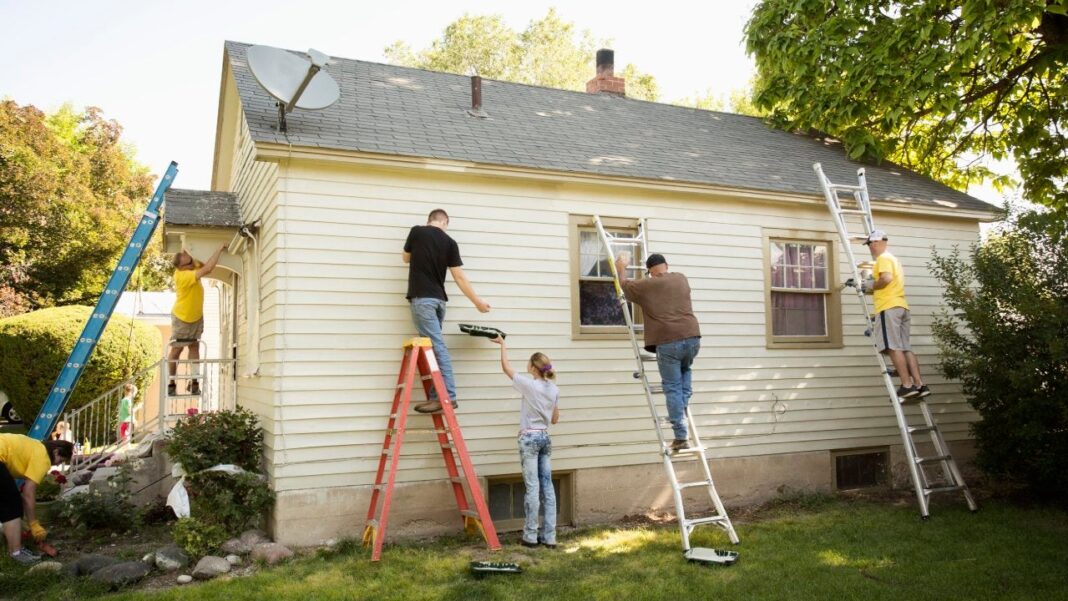Real Estate investing has become increasingly popular with potential investors looking to make money quickly. House flipping is a great way to get involved in real estate investing without purchasing an entire property outright. The concept of house flipping involves buying a home, renovating it, and reselling it for a profit.
In this article, we will explore the steps involved in successful house flipping. Before you begin, it is important to do your research and understand the local housing market to find deals that have the potential for a good return on investment. You should also factor in the costs associated with renovating a property, such as labor, materials, permits, closing costs, and more. Also read: blue face house
Researching the Local Housing Market
When it comes to house flipping, understanding the local housing market is key. You want to find properties that can be purchased relatively cheaply and have the potential to increase in value once they are renovated.
Here are a few tips for researching the local housing market:
- Understand which areas are up-and-coming and have the potential to increase in value.
- Look at comparable properties in the area to get a good idea of what similar homes are selling for.
- Analyze the economy and job trends in the area as they will impact how much people are willing to pay for homes.
Finding Deals
Once you have a good understanding of the local housing market, it is time to start looking for deals that have potential. Here are a few tips for finding deals:
- Utilize online real estate databases such as Zillow and Redfin to search for properties with low prices.
- Network with real estate agents and mortgage brokers to find out about upcoming listings or off-market deals.
- Investigate foreclosures as they often have discounts that can be used to your advantage.
Understanding the Costs Associated With Flipping Houses
When it comes to house flipping, it is important to understand the costs associated with a project before you start. These costs include mortgage payments, renovations, permits, closing costs, and fees, as well as holding costs such as taxes and insurance.
It is also important to create a budget for each flip so that you can make sure that your profits will cover any unexpected expenses.
Renovating the Property
Once you have found a property and understood its costs, it is time to start renovating! This can be a daunting task, but some tips can help make it easier. Here are some:
- Hire experienced contractors or handymen to complete the renovations.
- Make sure you get all of the necessary permits before starting any work.
- Consider using energy-efficient materials and appliances to increase the value of the property.
Selling the Property
Once you have completed your renovations, it is time to start looking for buyers! Here are a few tips for selling your flipped property:
- Utilize online real estate databases to list the property and reach potential buyers.
- Reach out to local real estate agents and have them advertise your listing.
- Spend time staging the home so that it looks attractive to potential buyers.
Managing Your Finances While Flipping
It is also essential to manage your finances while you are flipping. There are a few tips to keep in mind while you are flipping:
- Set aside some of your profits for taxes and other expenses.
- Make sure to save up enough money before starting a flip so that you have a cushion if something goes wrong.
- Use credit cards and loans sparingly as they can lead to debt if not managed properly.
Now that you understand the basics of house flipping, it is time to get started! Research the local housing market, find deals, understand the costs associated with a flip, and manage your finances while you are flipping. With a bit of hard work and dedication, you can make money in real estate investing through house flipping!
Do you have any tips or advice for successful house flipping? Let us know in the comments!


























